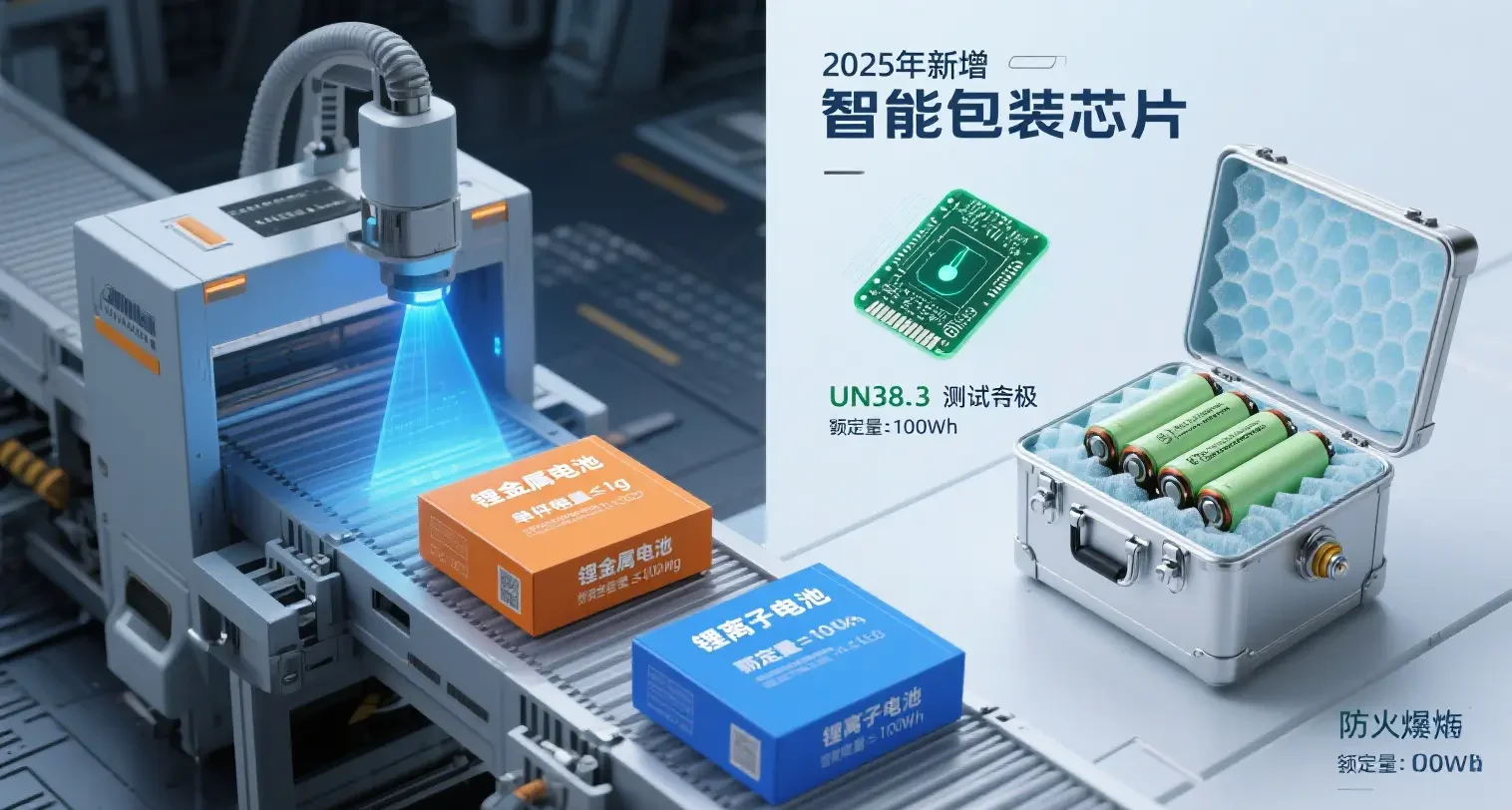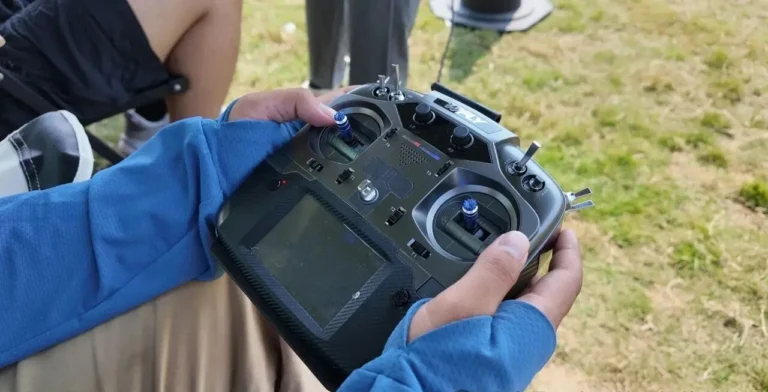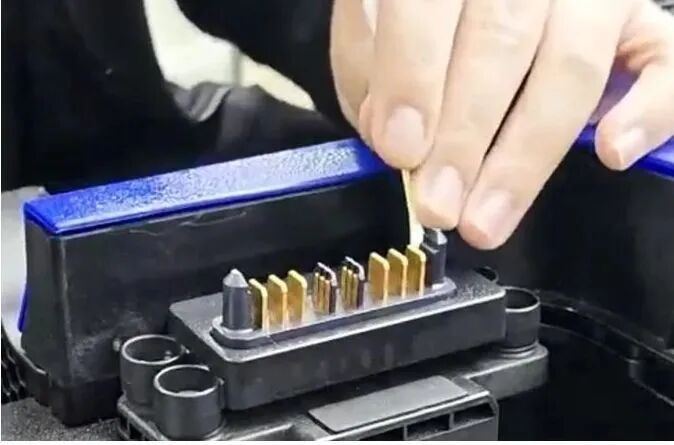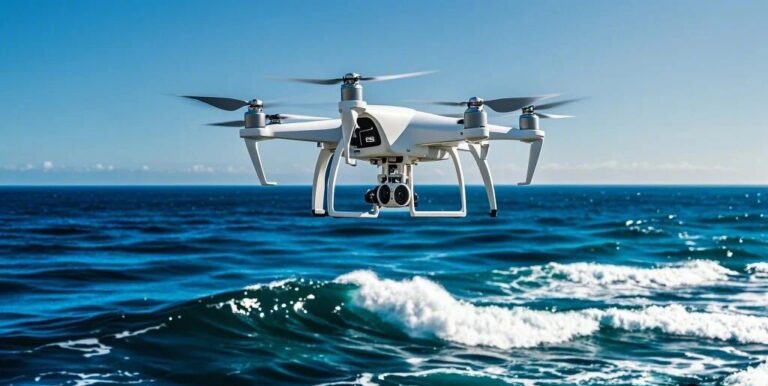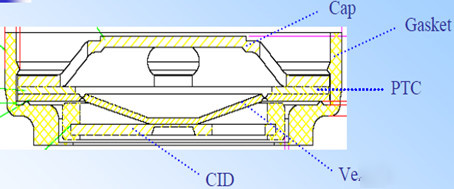2025 Lithium Battery Transportation Compliance Guide
I. Traceability of the Rule Framework: Multimodal Regulation under the United Nations
Lithium battery transportation compliance is governed by the UN Recommendations on the Transport of Dangerous Goods (TDG), which derive from three core international statutes:
Air transportation: IATA DGR (Dangerous Goods Regulations) – developed by IATA, latest edition 66th edition (effective 2025)
Sea transport: IMDG Code (International Maritime Dangerous Goods Code) – developed by the International Maritime Organization (IMO), the current 41st edition (mandatory 42nd edition in 2026)
Land transport: ADR (International Road Dangerous Goods Agreement) – UNECE, mandatory for 2025 edition
ENGINEER’S WARNING: Originating/destination country regulations take precedence over international rules (e.g. China JT/T 617-2018, US 49 CFR). Be sure to confirm the latest local requirements before cross-border transportation.
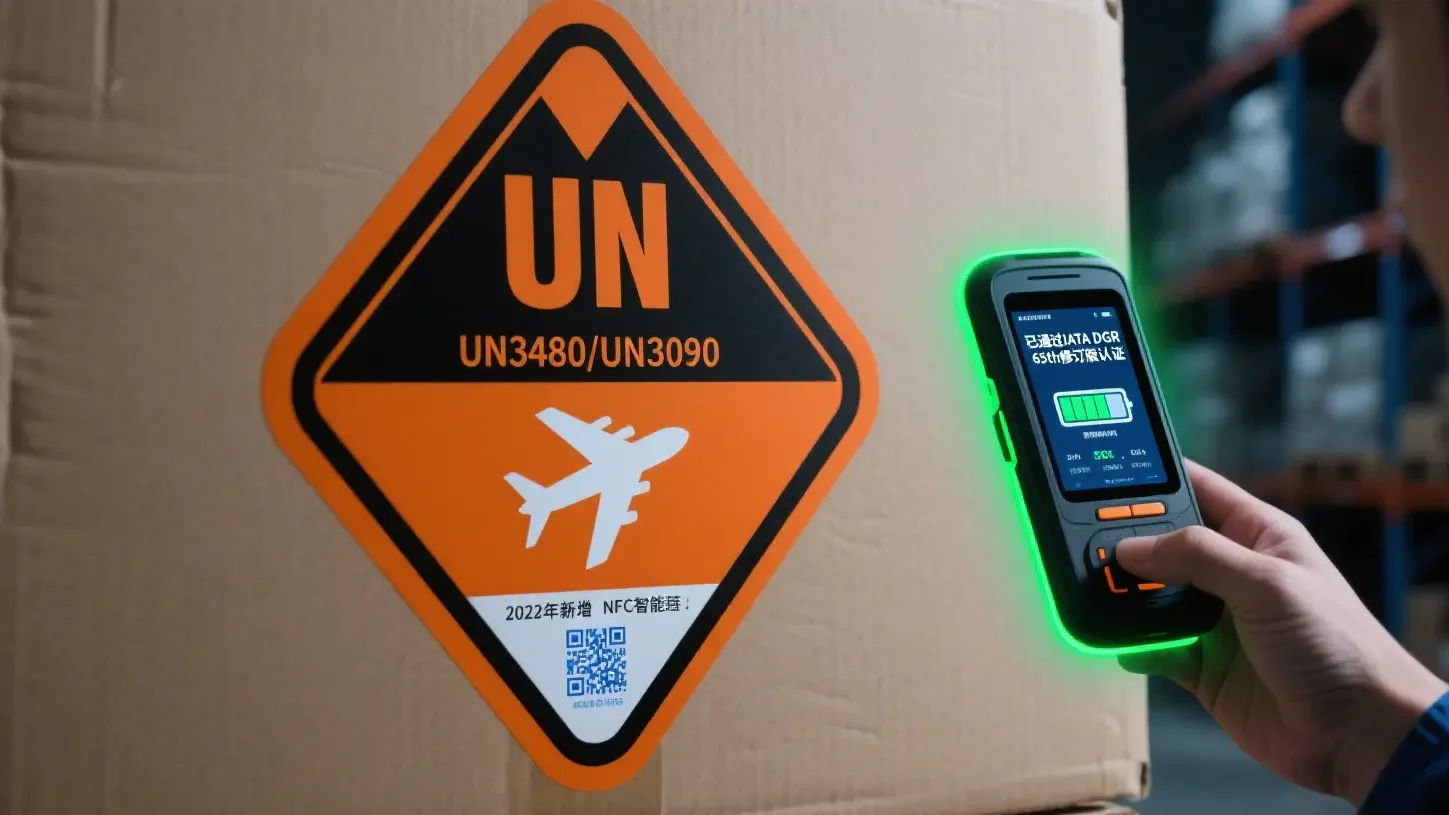
II. New Air Transportation Regulations (IATA DGR 66 Edition): Core Changes and Implementation Nodes
1. Major adjustment of UN numbering (effective January 1, 2025)
| Battery type | Old UN number | New UN number | Applicable scenarios |
|---|---|---|---|
| Lithium-ion battery-powered vehicles | UN3171 | UN3556 | Electric vehicles, electric construction machinery |
| Lithium metal battery-powered vehicles | UN3171 | UN3557 | Certain special equipment |
| Sodium-ion battery-powered vehicles | – | UN3558 | Emerging energy storage vehicles |
| Sodium-ion battery (containing an electrolyte) | – | UN3551 | Battery cell/battery pack |
| The device contains sodium-ion batteries. | – | UN3552 | Built-in battery device |
Transition period ends: From April 1, 2025, lithium battery-powered vehicles are prohibited from using UN3171 and must be declared in accordance with the new regulations UN3556/3557.
2. SOC (state of charge) limit upgrade
| UN number | Battery type | SOC limit requirements | Enforcement period |
|---|---|---|---|
| UN3480 | Lithium-ion battery cell/battery pack | ≤30% | January 1, 2025 |
| UN3481 | Lithium-ion batteries packaged with equipment | 2.7Wh battery: ≤30% (recommended → mandatory)) | January 1, 2026 |
| UN3556 | Lithium-ion battery-powered vehicles | 100Wh battery: ≤30% (recommended → mandatory)) | January 1, 2026 |
Operating Points:
SOC test report (according to IEC 62660-1) to be provided by the shipper
If the built-in battery of the device (UN3481) shows “power drain”, a proof of low power on the device is required.
III. The IMDG Code: current and forward-looking version 42
Current IMDG 41 (applicable in 2025)
- Li-ion battery powered vehicles still follow UN3171
- SOC limits: mandatory ≤30% for damaged/defective batteries only, normal batteries as per package instructions (P903/P910)
IMDG version 42 (mandatory in January 2026)
- Synchronization with IATA DGR, Li-ion battery powered vehicles enabled UN3556/3557
- Proposed new SOC≤30% universal requirement (details to be published)
China Special Requirements (JT/T 1543-2025)
- Classification in line with IMDG, emphasizing “anti-short-circuit, anti-dumping, anti-extrusion” triple protection packaging
- Requirement for carrier ships to be equipped with special fire extinguishing system for lithium batteries (e.g. fine water mist device)
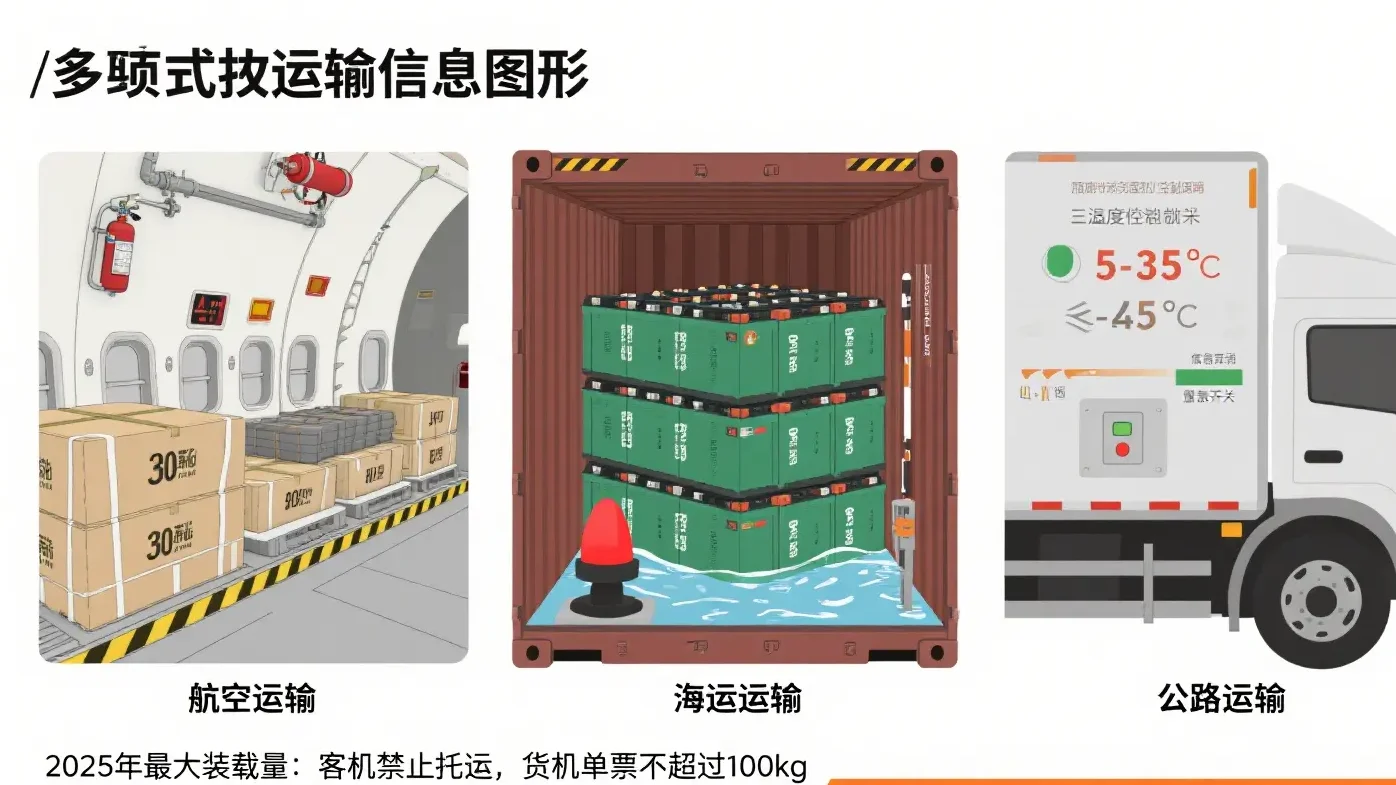
IV. Land Transportation Rules (ADR 2025 & China JT/T 617)
International highway (ADR 2025)
- UN number: synchronized with the new IATA/IMDG regulations (UN3556/3557, etc.)
- Vehicle marking: need to post Class 9 Dangerous Goods diamond marking + Lithium Battery marking (black battery pack + crack symbol)
- Driver qualification: hold ADR professional training certificate
Within China (JT/T 617-2018 + Ministry Decree No. 29)
- Documentation Requirements:
- Dangerous Goods Waybill (with UN number, packing class)
- Safety Technical Sheet (SDS)
- Shipper’s Declaration
- Transportation equipment: Vehicles need to be equipped with satellite positioning + active safety systems
V. Multimodal Transportation Interface and Engineer Compliance Checklist
Core Risk Points
- Misuse of UN number: Air UN3556 vs Sea UN3171 (2025 parallel) → must be selected according to transportation mode + time node
- Missing SOC verification: ≤30% has been mandatory for Air UN3480 → need to equip with high-precision battery tester (error ±2%)
- Packaging non-compliance:
- UN38.3 certified packaging (e.g., PP liner)
- Failure to achieve electrode insulation (terminal caps) (terminal caps missing)
Engineer’s self-check list
- Confirm mode of transport (air/sea/land) and applicable statute version (IATA 66, IMDG 41, ADR 2025)
- Verify that battery type matches latest UN number (esp. UN3556/3557 for vehicles)
- Test and record SOC values (air UN3480 must be ≤ 30%, others by node)
- Use TDG-certified packaging + labeled Li-ion battery marking + operating labels (e.g. “keep away from heat”). (e.g., “keep away from heat”)
- MSDS, UN38.3 report, 1.2m drop test report included
Ultimate principle: When international statutes and local regulations conflict, enforce the highest standards.

